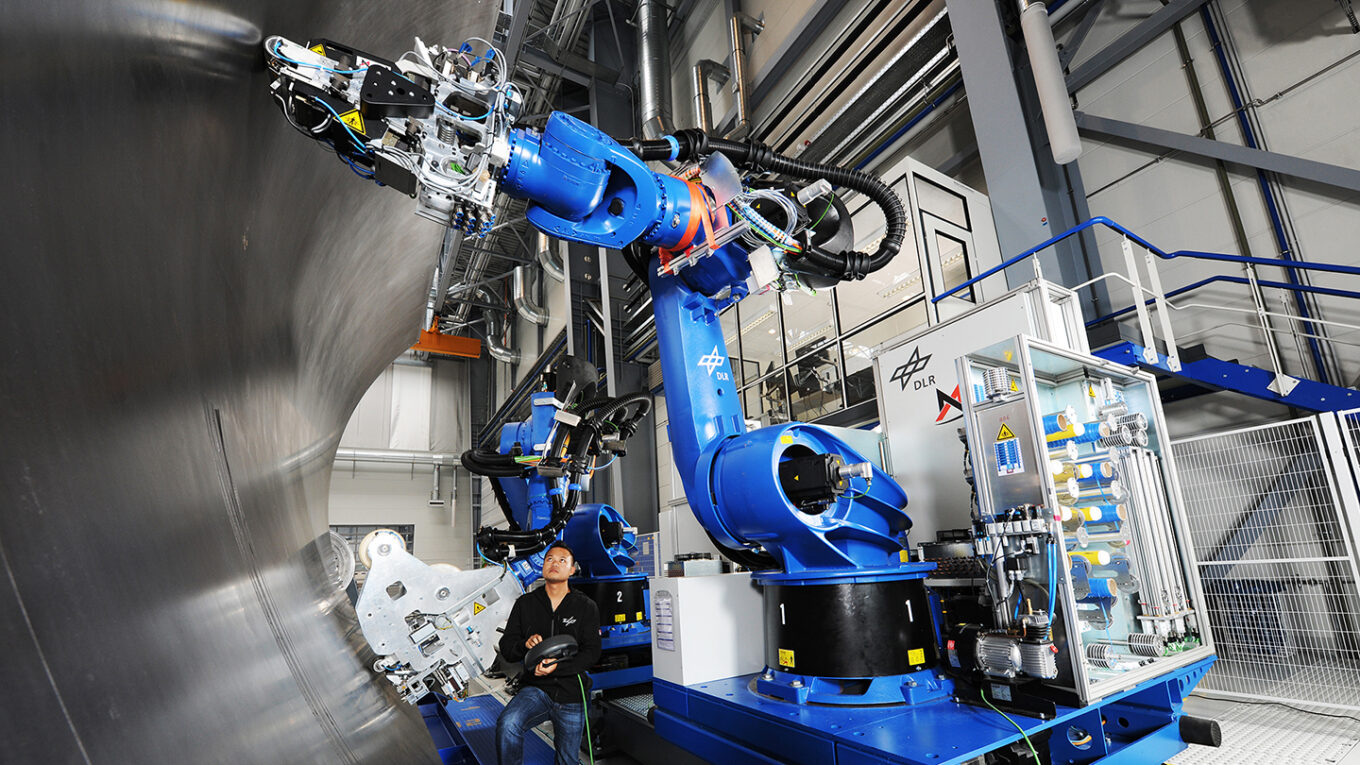Introduction
Automated fiber placement (AFP) and automated tape laying (ATL) are two advanced manufacturing technologies used for composite material fabrication. Both AFP and ATL machines use computer numerical control to precisely place composite tape, fiber tow or adhesive film onto a mold or tool surface to build up and consolidate parts. These automated methods offer significant benefits over traditional hand layup techniques for producing composite structures.
Automated Fiber Placement
Automated Fiber Placements And Automated Tape Laying Machines work by placing precisely positioned ribbons of composite fiber tows or bands onto a mold or tool surface. The AFP head resembles a large sewing machine with numerous spools of fiber tows, generally made of carbon fiber, aramid fiber or fiberglass. Using computer guidance, the AFP head can deposit tows in virtually any desired geometric pattern or orientation. This allows for variable fiber placement and optimization of fiber paths based on structural load paths.
AFP heads have the capability to change fiber tow widths and orientations on the fly. Multiple tows can be placed simultaneously to build up parts efficiently. Automated fiber steering allows varying the course of tows around corners and edges. Cut-and-restart capability means tows can be stopped and restarted as required without splicing. This results in minimal waste. Parts can be consolidated and cured immediately after fiber placement.
AFP technologies enable precise fiber deposition rates of 500 to 3000 mm/sec, with placement tolerances of +/-0.003 inches, enabling highly reproducible manufacturing of complex composite components. Leading AFP machines can place over 200 individual pre-preg tows simultaneously. This allows fabricating integral structural parts in one set-up, reducing assembly costs over traditional manufacturing methods.
Automated Tape Laying
Automated tape laying (ATL) machines are used to lay down continuous strips of pre-impregnated (pre-preg) composite tape onto tools or molds. Similar to AFP, ATL is a numerically controlled process used to fabricate composite components with enhanced structural properties and design flexibility compared to traditional laminate layup methods.
ATL machines consist of a tape supply station equipped with spools of composite tape, usually pre-preg carbon fiber, a thermoplastic or other fiber reinforced material. The tape is guided and deposited by the ATL head onto the tool surface based on programmed information. Automated features include active fiber steering, cut-and-restart capability and real-time adjustment of placement parameters such as tape width, position and angle.
ATL technologies allow placing tapes at high deposition speeds of over 1500 mm/sec. Multiply tape heads enable simultaneous placement of multiple tapes. Automated processes result in parts with precise thickness control and repeatability of ±0.005 inches or better. Automatic consolidation rollers compact the tape onto the tool following deposition, minimizing air entrapment and ensuring uniform bonding.
ATL methods have high material utilization of over 95%, generating very little waste. Systems can be integrated with robotic loading/unloading and additive technologies for manufacturing complex contoured parts in one set-up. Automated tape laying enables economic production of large composite assemblies for industries like aerospace, transportation, marine and energy.
Benefits of AFP and ATL
Some key benefits of automated fiber placement and automated tape laying include:
– Precisely controlled fiber or tape deposition and orientation for optimizing structural strength-to-weight ratio
– Geometric flexibility to nest complex contours and features in a single process
– High material efficiency with nearly zero waste generation
– Consistent part quality and repeatability through automated digital coding of manufacturing parameters
– Reduced labor for layup and part consolidation compared to hand layup methods
– Integrated capability for simultaneous material placement, consolidation and inspection
– Suitable for both batch production as well as single-part, on-demand manufacturing
– Increased structural performance and load carrying capability of finished composite parts
– Potential for significant overall cost savings versus traditional composite fabrication techniques
AFP and ATL technologies enable automated, precise, and economic fabrication of advanced composite components. Adoption of these advanced manufacturing methods is enabling new levels of structural optimization and design flexibility with composite materials. Automated fiber or tape placement minimizes human errors for enhanced part quality and repeatability in composite manufacturing. These fiber placement and automated tape laying systems are increasingly being used across industries to mass produce high-performance composite parts.
*Note:
1. Source: Coherent Market Insights, Public sources, Desk research
2. We have leveraged AI tools to mine information and compile it

